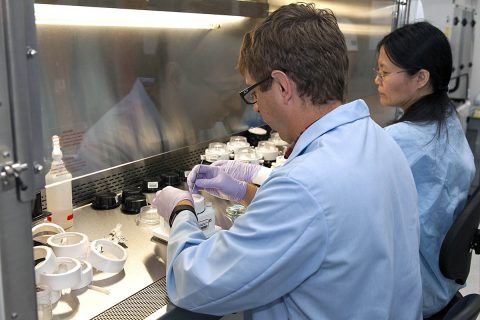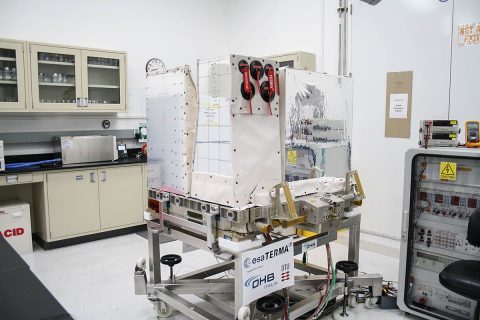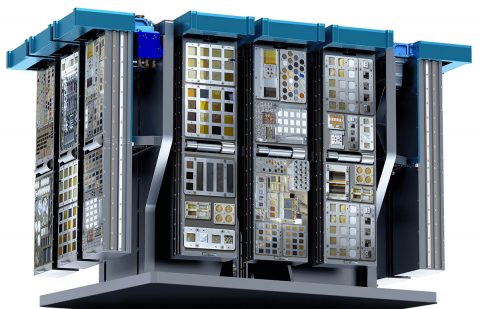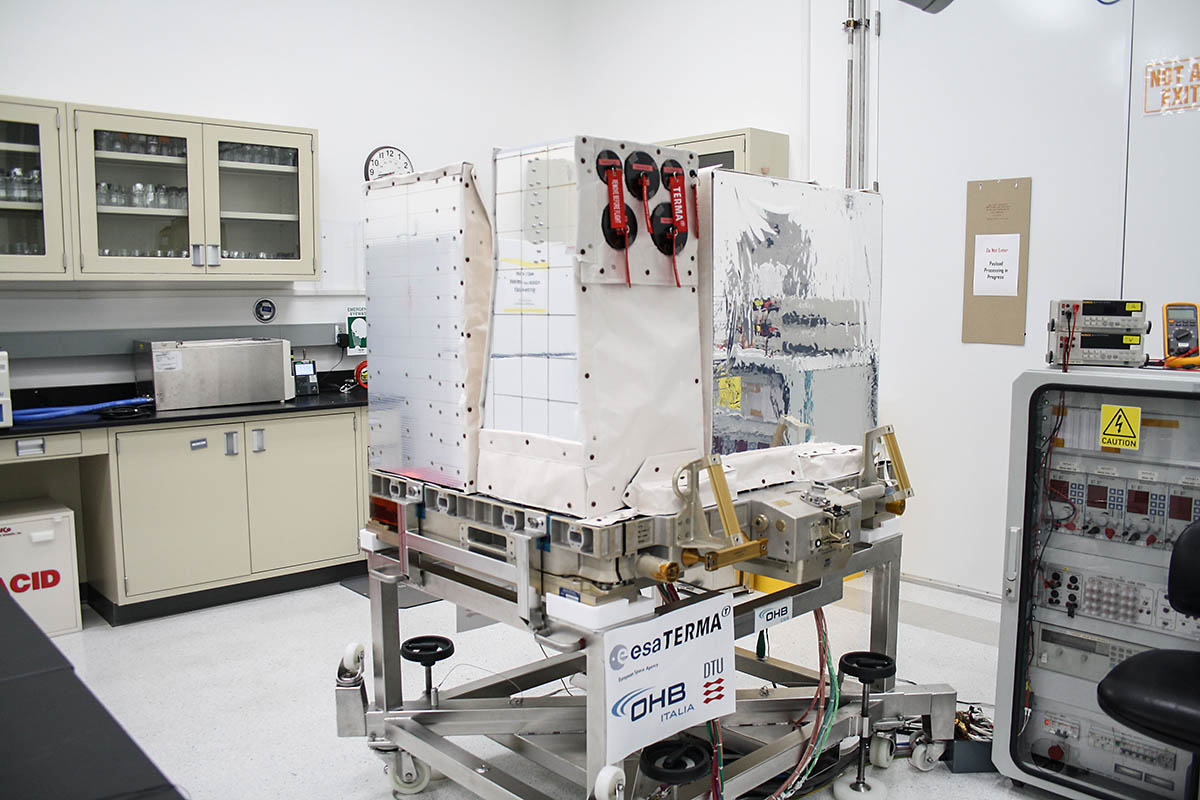Written by Melissa Gaskill, International Space Station Program Science Office
NASA’s Johnson Space Center
 Houston, TX – A Dragon spacecraft scheduled to launch into orbit no earlier than April 2nd, 2018 carries the 14th SpaceX commercial resupply mission to the International Space Station for NASA. Lifted into orbit atop a Falcon 9 rocket from Cape Canaveral Air Force Station in Florida, Dragon takes supplies, equipment and scientific research to crew members living and working aboard the station.
Houston, TX – A Dragon spacecraft scheduled to launch into orbit no earlier than April 2nd, 2018 carries the 14th SpaceX commercial resupply mission to the International Space Station for NASA. Lifted into orbit atop a Falcon 9 rocket from Cape Canaveral Air Force Station in Florida, Dragon takes supplies, equipment and scientific research to crew members living and working aboard the station.
This flight delivers scientific investigations looking at severe thunderstorms on Earth, the effects of microgravity on production of high-performance products from metal powders, and growing food in space.

Dragon also carries cargo for research in the National Laboratory, operated by the Center for the Advancement of Science in Space (CASIS), including testing the effects of the harsh space environment on materials, coatings and components; identifying potential pathogens aboard the station; and investigating an antibiotic-releasing wound patch.
Highlights of research to be delivered to the station include:
Capturing Sprites and Elves

The Atmosphere-Space Interactions Monitor (ASIM) surveys severe thunderstorms in Earth’s atmosphere and upper-atmospheric lightning, or transient luminous events. These include sprites, flashes caused by electrical break-down in the mesosphere; the blue jet, a discharge from cloud tops upward into the stratosphere; and ELVES, concentric rings of emissions caused by an electromagnetic pulse in the ionosphere.
ASIM advances understanding of the effect of thunderstorms on Earth’s atmosphere, helping to improve atmospheric models and meteorological and climatological predictions. It also contributes to understanding the effect of dust storms, urban pollutants, forest fires, and volcanoes on cloud formation, as well as electrification and intensification of hurricanes and their relation to eye-wall lightning activity.
Metal Powder Fabrication
The NASA Sample Cartridge Assembly (MSL SCA-GEDS-German) experiment determines underlying scientific principles for a fabrication process known as liquid phase sintering, in microgravity and Earth-gravity conditions.
On earth, liquid phase sintering works like building a sandcastle with just-wet-enough sand; heating a powder forms interparticle bonds and formation of a liquid phase accelerates this solidification, creating a rigid structure. But in microgravity, settling of powder grains does not occur and larger pores form, creating more porous and distorted samples than Earth-based sintering.
Sintering has diverse applications on Earth, including in metal cutting tools, automotive engine connecting rods, and self-lubricating bearings. It has potential as a way to perform in-space fabrication and repair, such as building structures on the moon or creating replacement parts during extraterrestrial exploration.
Testing Materials in Space

The Materials ISS Experiment Flight Facility (MISSE-FF) provides a unique platform for testing how materials, coatings, and components react in the harsh environment of space, which includes exposure to ultraviolet and ionizing radiation, atomic oxygen, charged particles, thermal cycles, electromagnetic radiation, and micro-meteoroids.
A continuation of previous MISSE payloads, MISSE-FF’s new design eliminates the need for Extravehicular Activities (EVA) for these investigations. New technology includes power and data collection options and the ability to take pictures of each sample on a monthly basis, or more often if required, allowing scientists to monitor sample status throughout flight. The testing benefits a variety of industries, including automotive, aeronautics, energy, space, and transportation.
Patching up Wounds
NanoRacks Module 74 Wound Healing (Wound Healing) tests a patch containing an antimicrobial hydrogel that promotes healing of a wound while acting as a scaffold for regenerating tissue.
This novel patch could serve as a non-surgical treatment for military combat wounds and reduce sepsis, or systemic inflammation, usually caused by contamination of an open wound.
Currently, no wound dressing can sustain release of antibiotics or other agents directly to the wound site while simultaneously maintaining the structural integrity necessary for successful wound healing.
Drug Development in Space
Comparative Real-time Metabolic Activity Tracking for Improved Therapeutic Assessment Screening Panels (Metabolic Tracking) examines effects of microgravity on the metabolic impact of five different therapeutic compounds, evaluating the use of autobioluminescent human tissue culture for continuous tracking of metabolic activity without destroying the sample.
This investigation determines the feasibility of developing improved pharmaceuticals in microgravity using a new method to test the metabolic impacts of drug compounds. This could lead to more effective, less expensive drugs.
These investigations are just a sample of the new science to be conducted aboard the orbiting microgravity laboratory. Follow @ISS_Research for more information about science happening on station.



